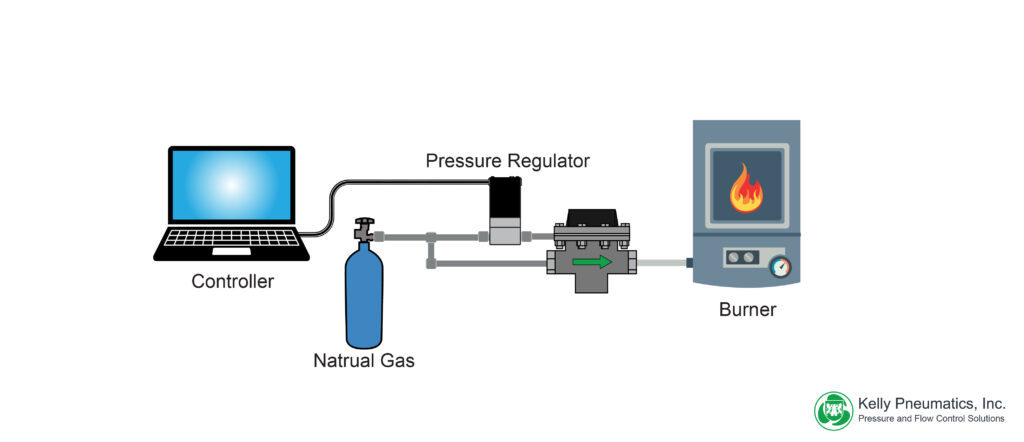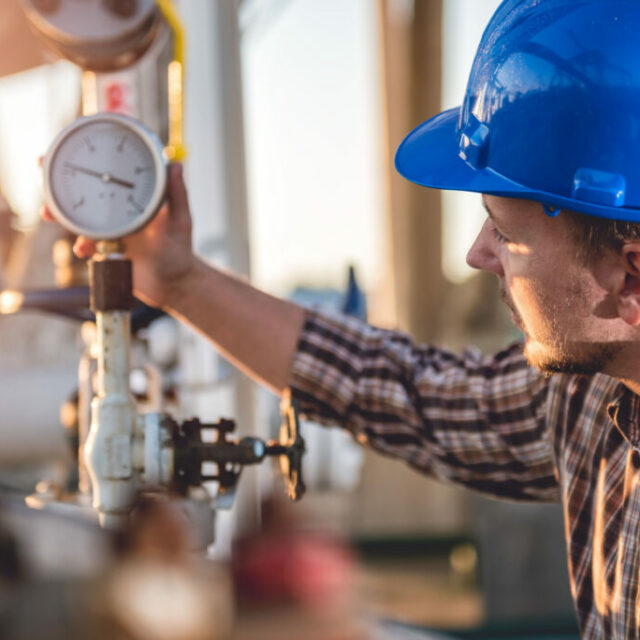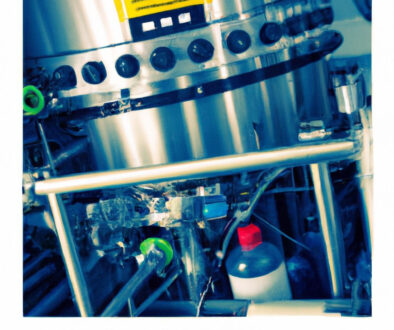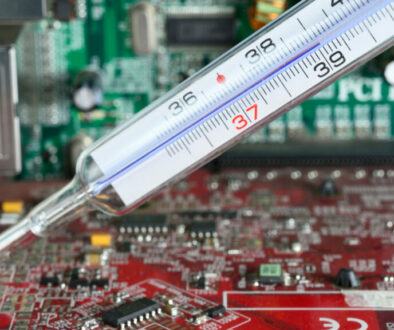Controlling Flow of Natural Gas
Several common applications of pressure regulators can be found in the home and in the industrial world. Among the many applications of pressure regulators are gas grills for regulating propane, furnaces for regulating natural gases, medical and dental equipment for regulating oxygen and anesthesia gases, pneumatic automation systems for controlling compressed air, engines for controlling fuel and fuel cells for controlling hydrogen.
Pressure regulators have a wide variety of applications yet, in each of them, they serve the same purpose. Regulators work to maintain an outlet pressure despite fluctuations in inlet pressure by reducing the supply pressure (or inlet pressure). An important characteristic of pressure regulators is that they reduce inlet pressure to lower outlet pressure.
Natural Gas distribution systems supply pressurized gas to residential, commercial, and industrial customers. Valves are essential components of these systems that ensure pressure control and proper flow of gas through the system. Common types of valves used in gas distribution systems include pressure regulators, safety shutoff valves, valve clamps and pressure reducing valves. Pressure regulators reduce pressure from a high-pressure source to a predetermined pressure level which can be maintained using a pressure control loop.
Safety shutoff valves cut off the supply when pressure exceeds safe levels or when other unexpected conditions arise. Valve clamps provide an airtight seal for pipes by pressing down on them and maintaining pressure control. Pressure reducing valves decrease the pressure in sections of pipe or a network where it is too high for normal gas distribution.
Awareness of the location and operation of valves in distributed gas systems is critical for pressure control and proper flow of natural gas. The pressure regulator needs to be checked regularly to ensure it is working properly, as pressure regulation is essential for safe operation. Regulators should also be checked to make sure they are not clogged or leaking, as a malfunctioning regulator can lead to dangerous pressure levels in the system.
Pressure regulators maintain adequate pressure for flow control in distributed pressurized gas systems by controlling upstream pressure using downstream pressure feedback. This allows them to adjust pressure on demand according to varying conditions within the system, such as changes in customer demand or other unexpected pressure fluctuations. Pressure regulators are calibrated with adjustable spring pressure settings and must be adjusted periodically to ensure pressure is not too low or too high.
In Short Valves and pressure regulators are essential components of gas distribution systems that enable pressure control and flow control for safe operation. Awareness of their locations and correct operation is key in ensuring pressure stability within the system.

Proper calibration of pressure regulators is also necessary to maintain adequate pressure levels for proper functioning of the system. It is imperative to take many factors into account when choosing a pressure regulator. There are several factors to consider, including operating pressure ranges, flow requirements, the fluid (is it toxic, flammable, or a gas?), operating temperature range, material selection for regulator components such as seals, as well as size and weight constraints.
When choosing the right materials for your application, you should consider the chemical properties of the fluid. The body and seal materials that will come in contact with fluid will differ depending on how the fluid behaves. Therefore, care should be taken with the selection of materials that will be in contact with fluid. In a regulator, the parts that come into contact with fluid are known as the “wetted” parts.
Identifying the fluid’s flammability, toxicity, explosiveness, or hazards is also crucial. When dealing with hazardous, explosive, or expensive gases, non-relieving regulators are preferred, since they don’t release excessive downstream pressure. Relieving regulators (also called self-relieving regulators) release excess downstream pressure to atmospheric pressure, as opposed to non-relieving regulators.
Choosing the right regulator requires consideration of inlet and outlet pressures. A number of questions must be answered, including: What is the range of inlet pressure fluctuations? How much pressure is required at the outlet? When it comes to outlet pressure, what is the maximum variation allowed?



